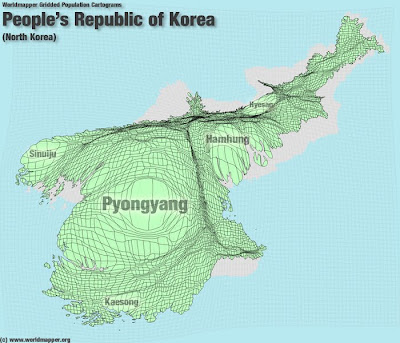Cheomsongdae Observatory
Cheomsongdae Observatory in Gyeongju is the oldest observatory in East Asia.
The building dates back to the 7th century and the rule of Queen Seondeok (632-647) in the Silla dynasty. The 12 stones at the base of the building may represent the 12 months of the year or the 12 signs of the Chinese zodiac. The number of stones in the construction equals the number of days in a lunar year - 362.
The structure is illuminated at night and a favorite place for lovers' snaps.
Korea images © Daniel Allen


.jpg)



